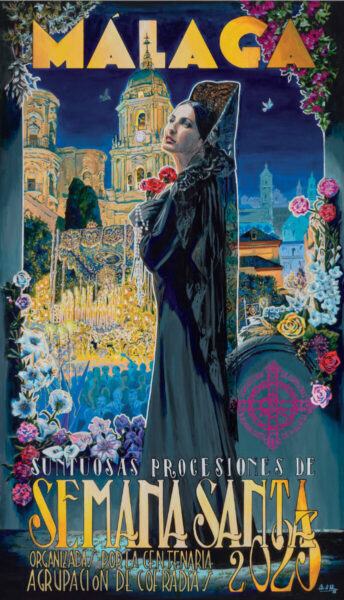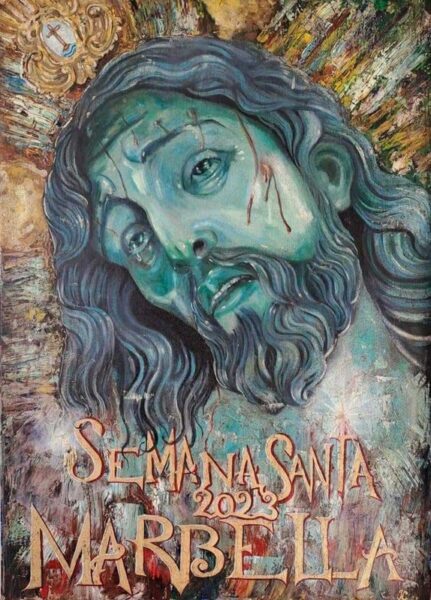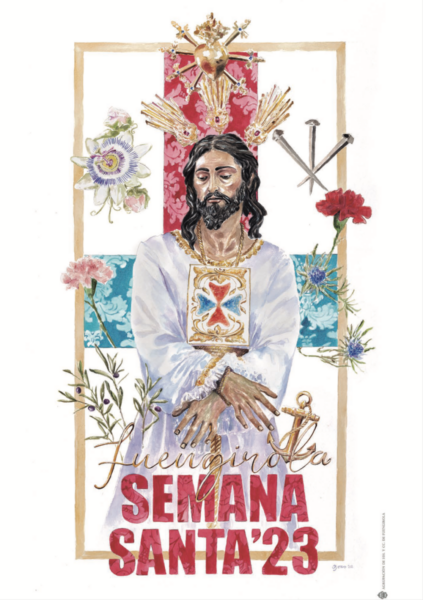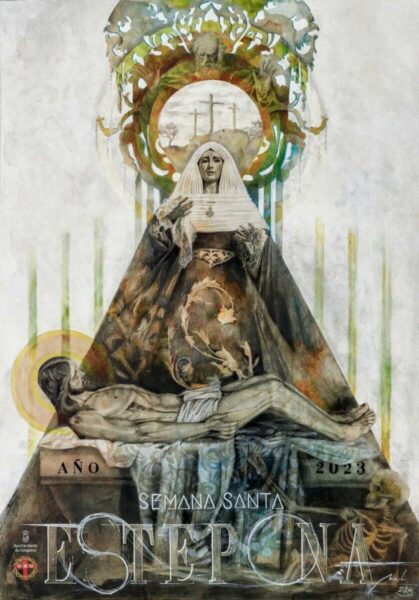Semana Santa is a celebration that dates back centuries, and it is deeply ingrained in the cultural and religious traditions of Spain. Throughout the country, Holy Week is marked by a series of processions, which feature colorful floats, statues, and religious icons that are carried through the streets by hooded penitents. These processions are accompanied by music, incense, and the sound of the crowd, and they are a powerful symbol of the faith and devotion of the Spanish people.
Nowhere is this tradition more evident than in Andalucia, where Semana Santa is celebrated with particular fervor. In cities like Seville, Malaga, and Granada, the processions are elaborate and ornate, featuring hundreds of participants dressed in colorful robes and hoods, and carrying large floats that depict scenes from the Bible. The floats are often accompanied by brass bands and choirs, which play solemn music that adds to the atmosphere of the event.
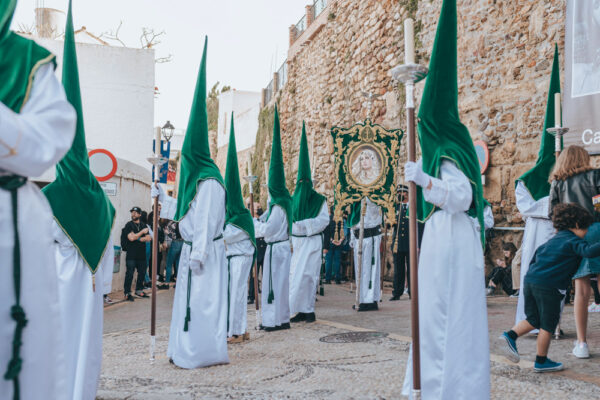
One of the most distinctive features of Semana Santa in Andalucia is the role of the penitents, or nazarenos. These are the hooded figures that you will see in the processions, and they are a reminder of the penance and sacrifice that is central to the celebration of Holy Week. The hoods are intended to be a symbol of humility, and they are worn by the penitents to show that they are willing to make sacrifices for their faith.
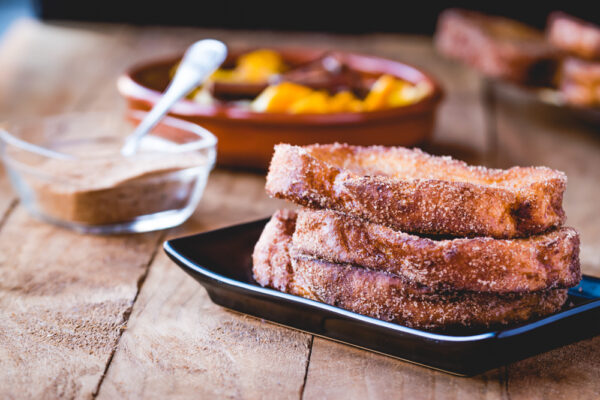
In addition to the processions, Semana Santa in Andalucia is marked by a number of other traditions and customs. One of the most important is the eating of torrijas, a traditional Spanish dessert that is made from bread, milk, sugar, and cinnamon. Torrijas are typically eaten during Holy Week, and they are a symbol of the renewal and rebirth that is associated with Easter.
Another important tradition is the making of pasos, or the floats that are carried in the processions. The making of pasos is a highly skilled art form, and it is often passed down from generation to generation. Each paso is decorated with intricate carvings and paintings that depict scenes from the Bible, and they are a testament to the devotion and craftsmanship of the people who make them.
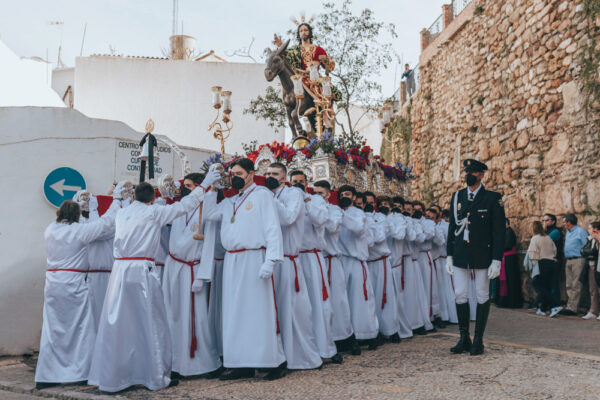
Semana Santa is a celebration that is deeply rooted in the history and traditions of Spain, and particularly in Andalucia. It is a time to come together with family and friends, to celebrate the faith and devotion of the Spanish people, and to enjoy the rich culture and traditions of this beautiful country.
If you are planning to visit Andalucia during Semana Santa, be sure to check the local schedules for processions and events. This is a time when many businesses and attractions may be closed, so it is important to plan ahead. And most importantly, remember to respect the traditions and customs of the people who live here, and to participate in the celebration with humility and reverence.
SEMANA SANTA IN MÁLAGA
Semana Santa in Malaga is an experience not to be missed. This year, from April 2 to 9, the city will come alive with religious fervor as processions wind their way through the streets. The intricate floats, adorned with gold and carried by hundreds of people, are a sight to behold.
The tradition of Holy Week processions in Malaga dates back five centuries, and the event has been named an Event of International Tourist Interest. If you visit Malaga during Easter, you’ll witness a spectacle that will leave you in awe, and you’ll surely want to return again. So, don’t miss out on this unique and unforgettable event, and witness the magic of Semana Santa in Malaga firsthand.
SEMANA SANTA IN MARBELLA
Marbella is gearing up to celebrate Semana Santa from April 2 to 9, and the city’s religious brotherhoods and church associations are eagerly awaiting this momentous occasion. For eight days, Marbella will be filled with intensity and passion.
The festivities begin on Sábado de Pasión (Lazarus Saturday), led by the Asociación Parroquial Nuestra Señora de la Amargura. On Domingo de Ramos (Palm Sunday), witness the impressive procession of La Pollinica, where huge adorned floats of religious figures are carried through the streets. On Jueves Santo (Maundy Thursday), the Hermandad del Calvario takes center stage, while Domingo de Resurrección (Easter Sunday) marks the end of the celebrations with the Santísimo Cristo Resucitado, a float with the figure of the resurrected Jesus parading through the streets.
To truly experience Holy Week like a local, head to Marbella and witness this traditional and religious event.
SEMANA SANTA IN FUENGIROLA
Semana Santa is a special time of year in Fuengirola, and this year’s celebrations will take place from March 31 to April 9.
The events program kicks off with the transfer of the thrones of Real Hermandad Sacramental and Cofradía de Nuestro Padre Jesús Cautivo, Nuestra Señora de los Dolores y Jesús Resucitado on Friday of Sorrows. On Palm Sunday, different parishes will participate in processions of palm and olive branches, while from Maundy Thursday to Easter Sunday, there will be eight processions in and around the town.
Don’t miss the chance to witness the brotherhoods and confraternities turn out en masse during this important religious celebration. Come and immerse yourself in the tradition of Semana Santa in Fuengirola.
SEMANA SANTA IN ESTEPONA
Estepona’s Holy Week is a remarkable event that takes place from April 2 to 9, drawing thousands of people to the streets each year. Visitors and locals alike take part in the celebrations, which commemorate the death and resurrection of Jesus Christ. The Cofradía del Cautivo, Cofradía del Amor, and Cofradía de Veracruz are among the main brotherhoods that participate in the action.
The processions begin on Palm Sunday and continue on Maundy Thursday, Good Friday, and Easter Sunday, showcasing stunning floats adorned with religious figures and creating an atmosphere of reverence and jubilation. Join in the festivities, and you’ll leave Estepona with a desire to return.

